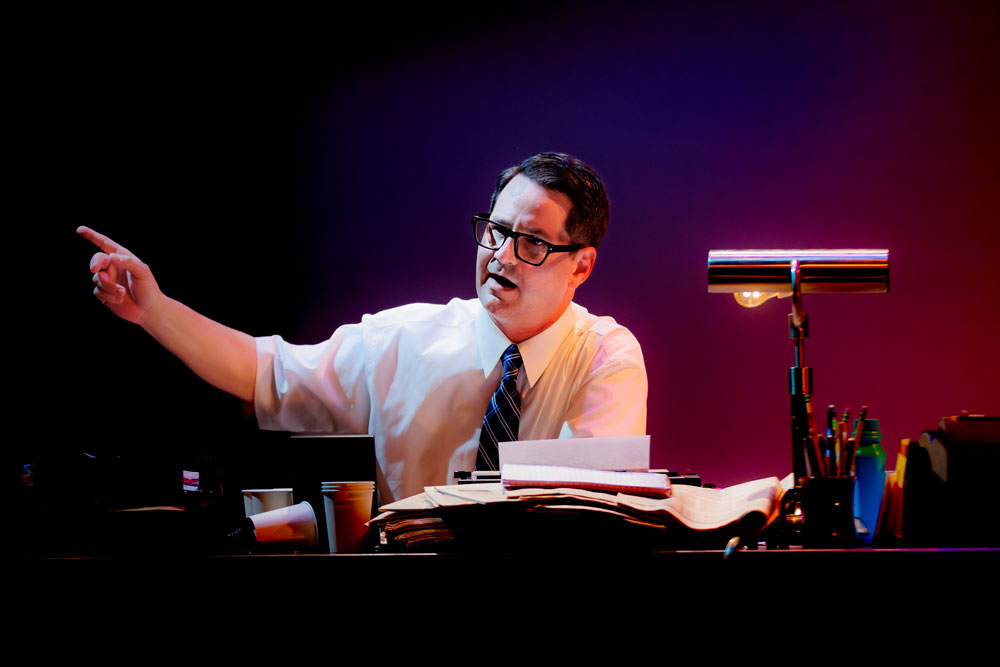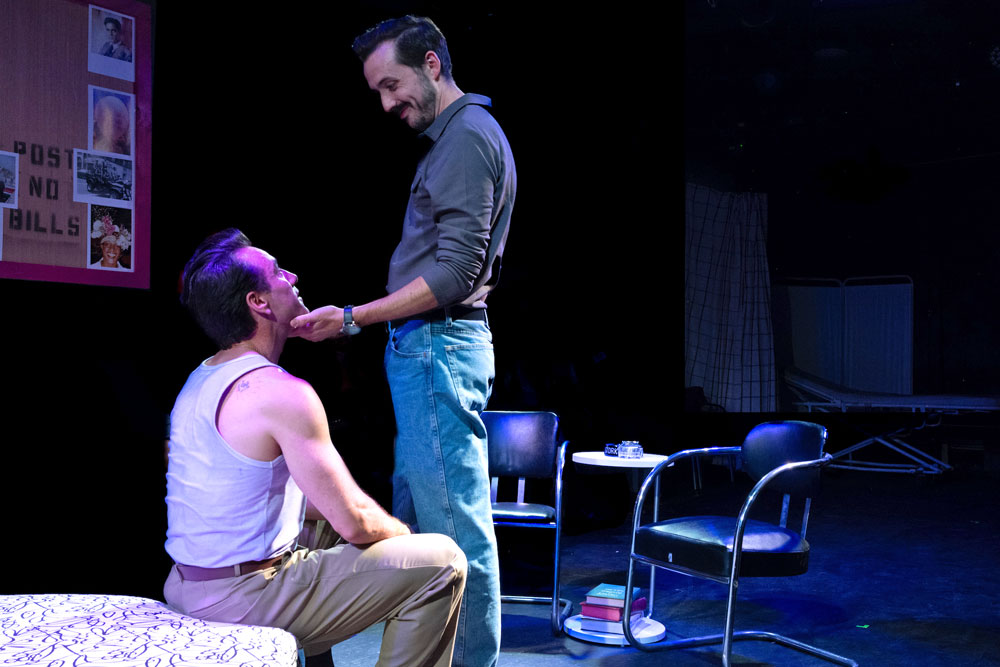
Say the word “ballet” and you’re likely get a blank stare. The kind of look that indicates complete non-interest and perhaps even mild irritation. Considered a thing of the past, an institutional relic; few of us give the dance form a chance to show what it is today.
One thing it’s not is on stages in this age of Covid. No one knows how long the absence will last, making this a good time to question a lot things we might not otherwise have given a second thought; like, can anything about ballet be considered modern?
Two years ago, donors to the San Francisco Ballet sponsored a festival showcasing the work of ballet companies that don’t fit the mold. Making no demands about the theme, tone or type of dances they would be offering, those spearheading the festival asked thirteen choreographers to present whatever they wanted; freeing them to be as creative and innovative as they chose.
During the festival, several of these dancers, artistic directors and choreographers gathered to talk about how they see the importance and relevance of what they do. Joining them were writers, dance historians and others who’ve dedicated their careers to the art form. As part of their SF Ballet @ Home series, the respected Bay area dance company placed two of the Ballet Unbound? discussions onto their website from June 5th through the 12th.
For those of us not immersed in the dance culture, the conversation was full of memorable takeaways. One of the most important is that those intimately engaged with ballet don’t think they’re limited by any kind of boundaries and believe the public’s perception of what ballet is bears no resemblance to its reality. Tutus and tiaras may be a part of the classical ballet tradition, but you’d be hard pressed to find them in dances currently created for ballet. You’re more likely to see costumes worn by contemporary companies like Giordano or Hubbard Street. And you’d certainly see unconventional pairings and themes reflective of our new millennium.
Most of the choreographers participating in the festival seemed keenly interested in being “articulate” in their craft. They want to create stories audiences can connect with, understand or even see themselves through the messages being danced on stage.
The idea of clarity in dance might be bigger than we give it credit for. Without it, there is no understanding and without understanding there is no acceptance. Which may be why so many of the dancers and choreographers kept restating their goal of having the language they speak through dance create a genuine connection. If they succeed in building a sound communication link, then the beauty layered throughout the dance stands out more brightly.
Panelists were unanimous on the benefits classical ballet training contribute to any dancer’s technical skills. What wasn’t expected was the notion that dancers are not only be allowed, but actively encouraged to inject pieces of themselves into the narratives of a dance. You can see that easily in dances like Broke Apart, Matthew Neenan’s work performed by, in the example provided here, by Ballet X. But in Choke, a piece Dwight Rhoden created for the company he cofounded, Complexions Contemporary Ballet, and Stanton Welch’s Clear, the singularity of the individual shines through in uniquely different ways as males do the dazzling rather than ballerinas.
Whenever the topic of ballet is raised, issues of diversity inevitably follow. There are those in the black community who refuse to attend the performances of some ballet companies because of the dearth of dancers of color in their ranks. And despite the outreach and efforts of those committed to easing access, too few performances look like the kaleidoscope of colors found on the average city street.
Ballet Unbound? acknowledged the need to bring more people of varying backgrounds into the ballet community. People whose prior exclusion may be based on physical restrictions as well as race. Seeing that kind of growth in any art form will always prove exciting.

![PrideArts [title of show] Raining Gold](https://rowgseat1.com/wp-content/uploads/2024/09/a53939222075_ceaf585bae_k.jpg)
